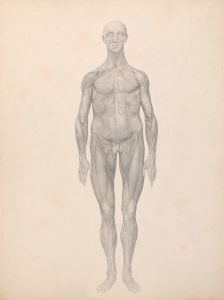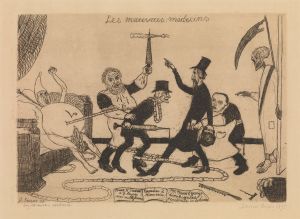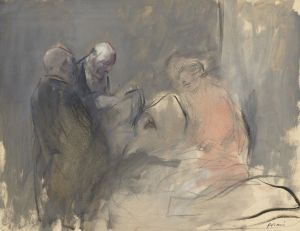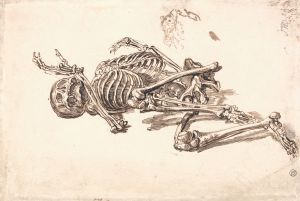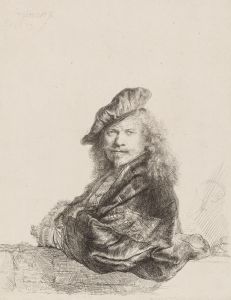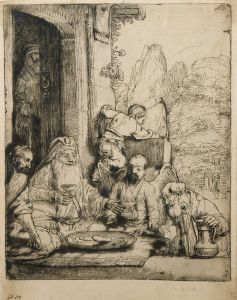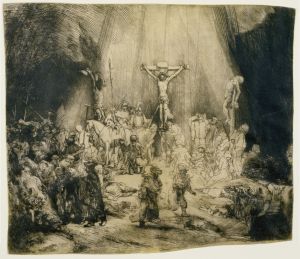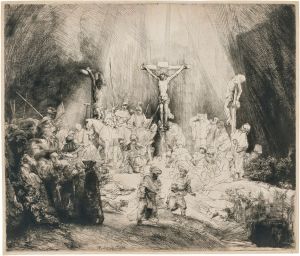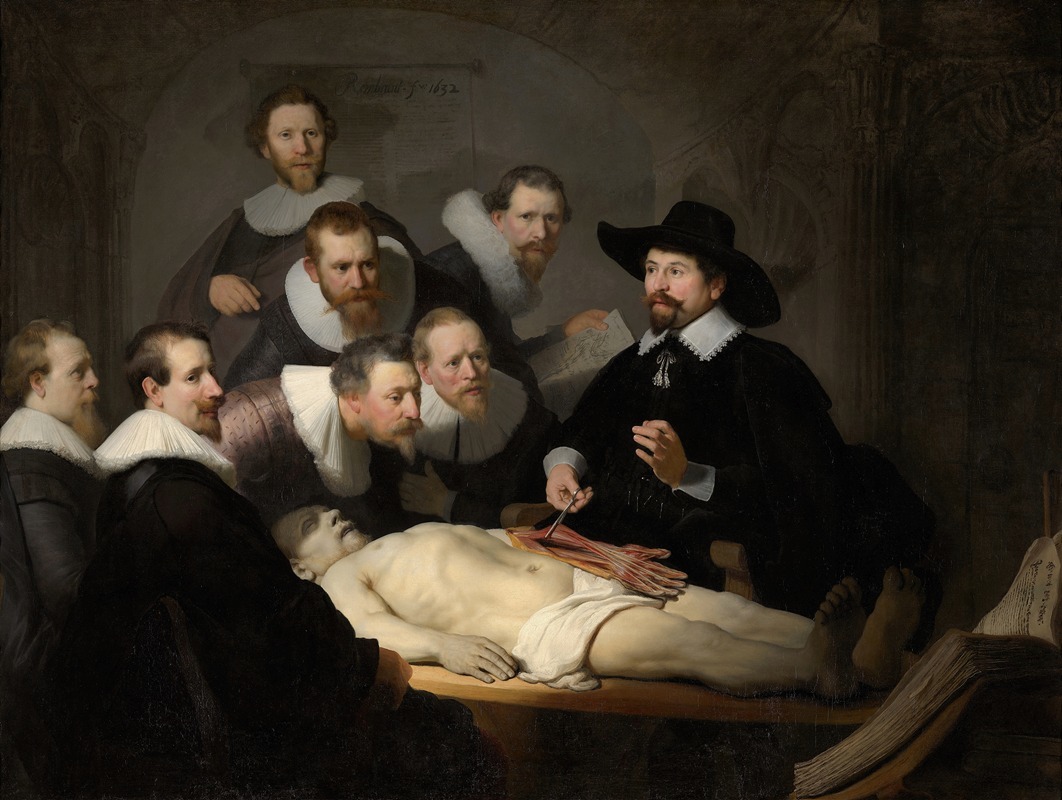
The Anatomy Lesson of Dr Nicolaes Tulp
A hand-painted replica of Rembrandt van Rijn’s masterpiece The Anatomy Lesson of Dr Nicolaes Tulp, meticulously crafted by professional artists to capture the true essence of the original. Each piece is created with museum-quality canvas and rare mineral pigments, carefully painted by experienced artists with delicate brushstrokes and rich, layered colors to perfectly recreate the texture of the original artwork. Unlike machine-printed reproductions, this hand-painted version brings the painting to life, infused with the artist’s emotions and skill in every stroke. Whether for personal collection or home decoration, it instantly elevates the artistic atmosphere of any space.
"The Anatomy Lesson of Dr. Nicolaes Tulp" is a renowned painting by the Dutch artist Rembrandt van Rijn, completed in 1632. This work is one of Rembrandt's most famous paintings and is a prime example of his early mastery in portraiture and group composition. The painting is currently housed in the Mauritshuis museum in The Hague, Netherlands.
The painting depicts a group of seven surgeons gathered around Dr. Nicolaes Tulp, who is demonstrating the dissection of a cadaver's arm. Dr. Tulp, a prominent Amsterdam physician and a member of the city's Guild of Surgeons, is shown using forceps to lift the muscles of the cadaver's arm, illustrating the anatomy to his colleagues. The cadaver is that of Aris Kindt, a convicted criminal who had been executed for armed robbery earlier that day.
Rembrandt's composition is notable for its dramatic use of light and shadow, a technique known as chiaroscuro, which he employed to draw attention to the central figures and the anatomical details. The light falls predominantly on Dr. Tulp and the cadaver, creating a stark contrast with the darker background and the other figures. This use of lighting not only highlights the main subjects but also adds a sense of depth and realism to the scene.
The painting is also significant for its detailed and realistic portrayal of the human anatomy, which was based on Rembrandt's careful observation and study. The expressions and postures of the surgeons are individualized, reflecting their engagement and interest in the dissection. Each figure is rendered with meticulous attention to detail, from the textures of their clothing to the subtle variations in their facial expressions.
"The Anatomy Lesson of Dr. Nicolaes Tulp" was commissioned by the Amsterdam Guild of Surgeons, a common practice at the time for commemorating important events and figures in the medical community. Group portraits of this nature were often displayed in public spaces, such as guild halls, to honor the achievements and contributions of their members.
The painting is also a reflection of the scientific and cultural advancements of the Dutch Golden Age, a period marked by significant progress in various fields, including art, science, and trade. The interest in anatomy and the human body was part of a broader trend towards empirical observation and study, which was gaining prominence during this time.
In conclusion, "The Anatomy Lesson of Dr. Nicolaes Tulp" is a masterpiece that showcases Rembrandt's skill in capturing the complexity of human expression and anatomy. It stands as a testament to the artistic and scientific achievements of the 17th century and remains an important work in the history of art.





